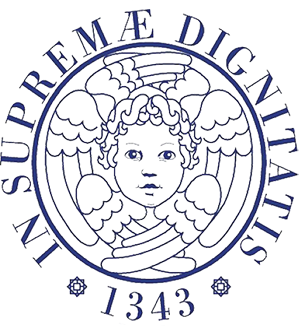1) DEFINITION
Complete removal of a kidney cancer with organ preservation.
2) INDICATIONS
Absolute indication is for the patient with a cancer in a single functional kidney, or with a bilateral tumor where one of the two kidneys must be removed. Other indications are:
- Patients with bilateral multifocal kidney tumors that develop simultaneously or in successive times;
- Patients with renal neoplasia in the presence of chronic renal failure, as the retention of a sufficient amount of renal parenchyma may prevent dialysis;
- Patients carrying both well functioning kidneys with a renal neoplasm of less than 4 cm diameter.
3) DESCRIPTION OF THE TECHNIQUE
Access can be lombotomic (incision on the side) or front transperitoneal (abdominal incision); The most commonly used access is transperitoneal, although in special cases it may be possible to use the lumbotomy. Once the kidney has been isolated, the vascular peduncle must be identified and isolated carefully. Generally, the technique involves removing the tumor after closing the peduncle vessels and positioning chopped ice around the kidney to minimize ischemic damage. The removed part is sent for sudden histologic examination for a check of the surgical margins, i.e. to be sure to have completely removed the entire tumor tissue. Bleeding is controlled by selectively suturing the bleeding vessels and subsequent positioning of a perirenal fat flap.
Alternatively this surgery can be performed with laparoscopic approach; In other words, by means of instruments introduced through some holes in the abdomen, only renal tumor can be removed without requiring any incision on the abdomen or at most it is required to extend up to 3 cm of one of the holes practiced (in relation to the volume of the tumor).
Certainly, the laparoscopic procedure has specific indications because, since it is difficult to apply ice around the kidney during surgery, the time at which the kidney can be maintained in ischemia during the temporary ligature of the vascular peduncle is reduced.
Neoplasms that can benefit from laparoscopic surgery should be exophytic, i.e. located on the outer surface, and small (max 2-3 cm). The literature reports up to 3% positive margins on histological examination compared to the one reported in open surgery (near zero). Surgical times of laparoscopic intervention are similar (100-180 min) at the time required in the traditional open surgery.
4) PREPARATION TO THE INTERVENTION
Preparation is to carry out, in addition to the standard examinations required for the staging of the tumor, the examinations useful for the anesthesia and possible collection of the patient’s blood in the transfusion center for eventual autotransfusion in case of necessity.
Moreover, antibiotic prophylaxis should be performed from the morning of the day of the surgery by associating low molecular weight heparin (to prevent intra and postoperative thromboembolic risk) starting 12 hours prior to surgery.
5) DURATION OF THE INTERVENTION
The procedure can last from 90 to 180 minutes.
6) TYPE AND DURATION OF RECOVERY
The treatment is performed in ordinary hospitalization with a stay of 4 to 8 days without complications; In the case of laparoscopic surgery, the stay is reduced and can be between 3 and 5 days.
7) ADVANTAGES
In non-distant times, the patient with renal kidney cancer was assigned to dialysis after radical nephrectomy. Today, this can not happen thanks to conservative surgical therapy. Even patients with chronic renal failure with small kidney cancer can benefit greatly from this treatment for the possibility of maintaining as much renal parenchyma as possible and therefore not to further aggravate an already precarious kidney condition.
Even in the subject with both functioning kidneys, the possibility of retaining a greater amount of renal parenchyma is certainly an advantage.
Laparoscopic surgery allows a reduced perception of postoperative pain, a more early mobilization during hospitalization, and a more early recovery of social and work activities.
8) COMPLICATIONS
– Possible intraoperative complications:
- Unstoppable hemorrhages that may require radical nephrectomy and subsequent dialysis if single kidney (1.5%);
- Opening of the excreting pathway that must be detected, sutured and protected with a urethral piercing stent to be removed after 15 days (1-2%);
– Possible postoperative complications:
- Peripheral haematomas that may require surgery or peritoneal drainage (1-2%);
- Urinary fistulas that may require urethral catheterization which is positioned by cystoscopy (1-2%);
- Anemia by postoperative hematic dripping that may require the use of additional blood transfusions (<1%);
- Thrombo-embolic complications (<1%).
All of these complications can also occur in laparoscopic surgery.
9) RECOMMENDATIONS AFTER DISCHARGE
The patient must be discharged with:
- antithrombotic therapy;
- antibiotic therapy;
- The patient should be informed that at home it may occur: episodes of macrohaematuria possibly associated or not with urinary tract infection;
10) HOW TO BEHAVE IN CASE OF COMPLICATIONS AFTER DISCHARGE
For any event, the center where the patient has been operated should be contacted.
11) CHECKS
This procedure does not only require postoperative check, but involves standardized follow-up for the underlying neoplasia disease for at least 5 years after the intervention.

